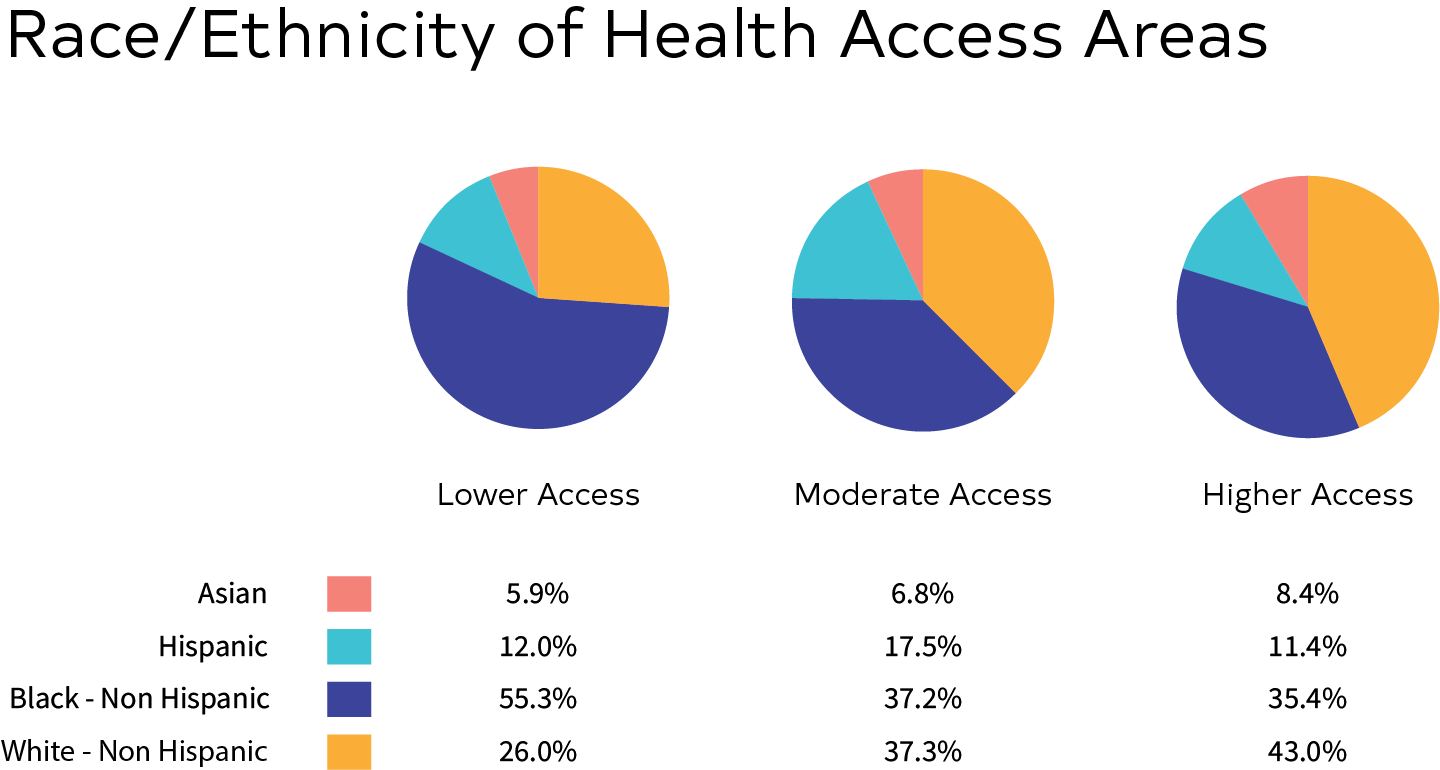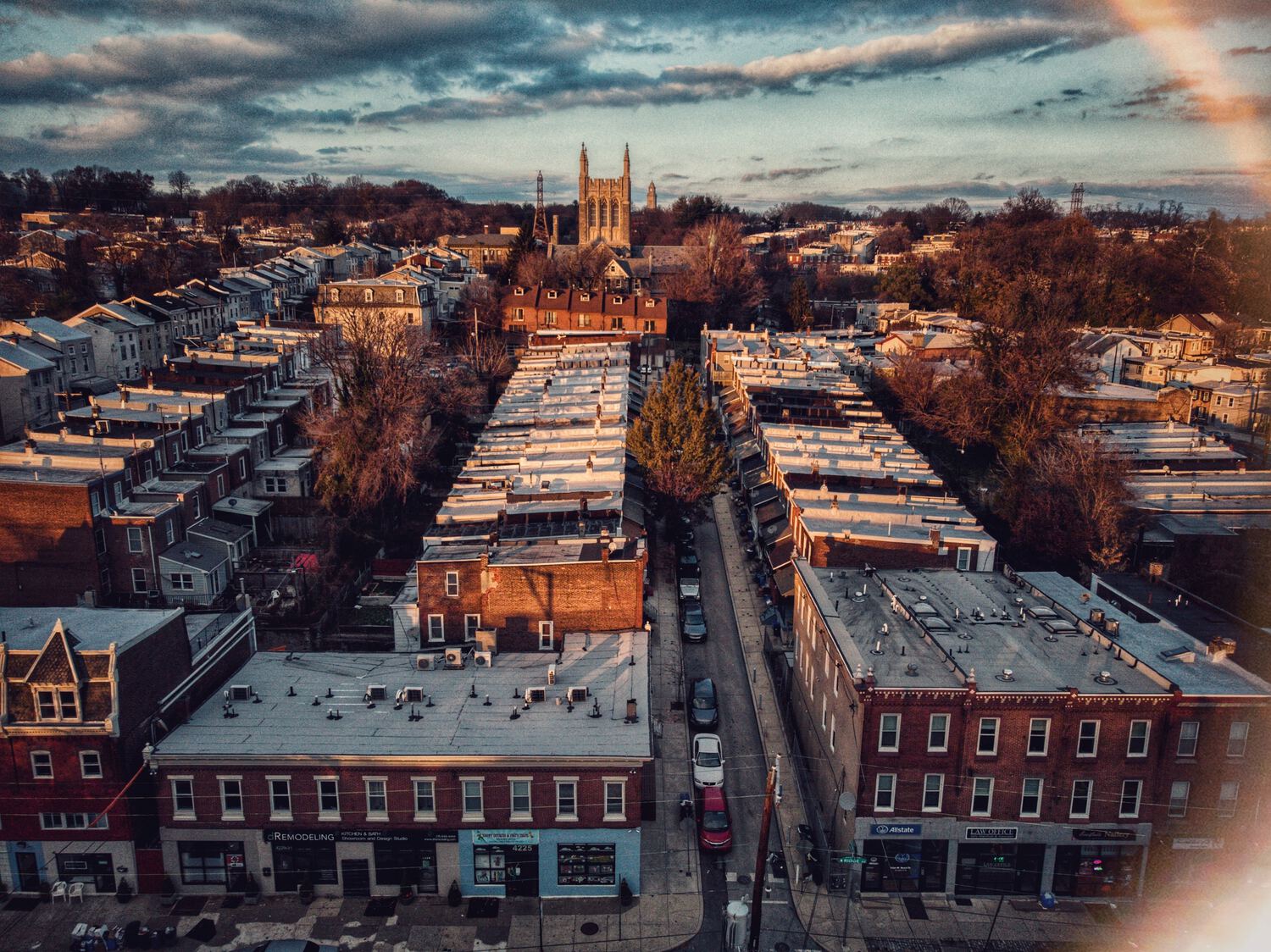With a world-renowned art and culture scene, a large and diverse population of nearly 1.6 million, and the highest concentration of universities and academic medical centers per capita, Philadelphia has many indicators of a thriving city. However, Philadelphia is also home to some significant health disparities and ranks as one of the worst cities in the country for poverty and health outcomes, and many social determinants of health (SDOH) are creating inequity for a number of its residents. These inequities are in large part due to the lack of adequate access to primary care in a number of the city’s neighborhoods.
According to Philadelphia’s Access to Primary Care Report for 2018, “preventable hospitalization with timely access to primary care continues to decline; however, the rates are more than twice as high among non-Hispanic blacks and Hispanics.” In fact, neither age nor the rates of health-insured adults are predictors for where primary care physicians are present – the leading predictor is race, ethnicity, and a lower median household income. According to the report, “the areas with lower access to primary care actually had higher concentrations of non-Hispanic blacks in comparison to the parts of the city with greater access to primary care.”
And according to Philadelphia’s Community Health Assessment for 2018, “Philadelphia is racially and ethnically diverse – 41% non-Hispanic black, 35% non-Hispanic white, 15% Hispanic, and 8% Asian. Yet, Philadelphia continues to be segregated along racial lines, with one race or ethnic group representing the majority in 84 percent of the city’s 381 census tracts.”
Case in point: as of 2014, the Philadelphia neighborhood Fairhill (ZIP code 19133) was 66% Hispanic, and only 3% white. Adjacent to Fairhill is Kensington (ZIP code 19125) which was 71% white and only 15% Hispanic. Though Philadelphia is a vibrant, blended tapestry of diversity and culture, its neighborhoods block-by-block tell a much different story.

Source: Philadelphia’s Access to Primary Care Report for 2018
Statistics paint a clearer picture:
- 36.5% of Hispanics and 27% of black, Non-Hispanics in Philadelphia rate their health as fair or poor; the two highest rates per racial category (source).
- The highest rates of adult obesity are among non-Hispanic blacks (39.6%) and Hispanics (34.8%) (source).
- The highest rates of adult hypertension are among non-Hispanic blacks (45.7%) and Hispanics (21.6%) (source).
- The highest rates of adult diabetes are among non-Hispanic blacks (16.7%) and Hispanics (12%) (source).
More than half of Philadelphians identify as non-Hispanic black, Hispanic, or Asian, making the statistics above hard to ignore. Ultimately, addressing health equity is complicated and multifaceted. There is always more to uncover, so pinpointing one exact issue as the answer to every problem would be insufficient, untimely, and irresponsible.
However, we believe that having access to good primary care makes an unequivocally positive difference in people’s lives. At Roundtrip, we understand that transportation and mobility underpin many health-related and lifestyle factors for Philadelphians, and often, the people we serve through our platform are not only suffering from lack of transportation but other SDOH inequities such as food insecurity and lack of safe housing as well.
Roundtrip is removing transportation as a barrier for primary care and expanding access to healthier lifestyles through streamlined ride coordination. Many causes of premature death can be prevented or delayed by accessing good primary care, giving people the ability to maintain healthy lifestyles, manage chronic conditions, and avoid needless complications and hospitalizations.
We are currently accomplishing this through partnerships with some of Philadelphia’s largest healthcare systems, including Crozer-Keystone, Jefferson, and Penn. With this network of influence, we are poised to make a real difference throughout the region.
A potential partnership that could continue to help the city would be with SEPTA. Because of the Americans with Disabilities Act, every transit authority is required to have a paratransit program to accommodate for elderly, visually impaired, disabled, and underserved populations. Roundtrip is already working with a similar program in Richmond, Virginia that does precisely that. In 2017, Roundtrip partnered with the Greater Richmond Transit Company (GRTC) to increase access to their paratransit program, CARE.
So far, Roundtrip has reduced the wait times for 11,000 paratransit trips with GRTC. The opportunity to partner with SEPTA, a program that has extensive reach throughout Philadelphia in areas that are home to diverse populations, presents the potential to launch an innovative solution, improving access to primary care right here in our community.
